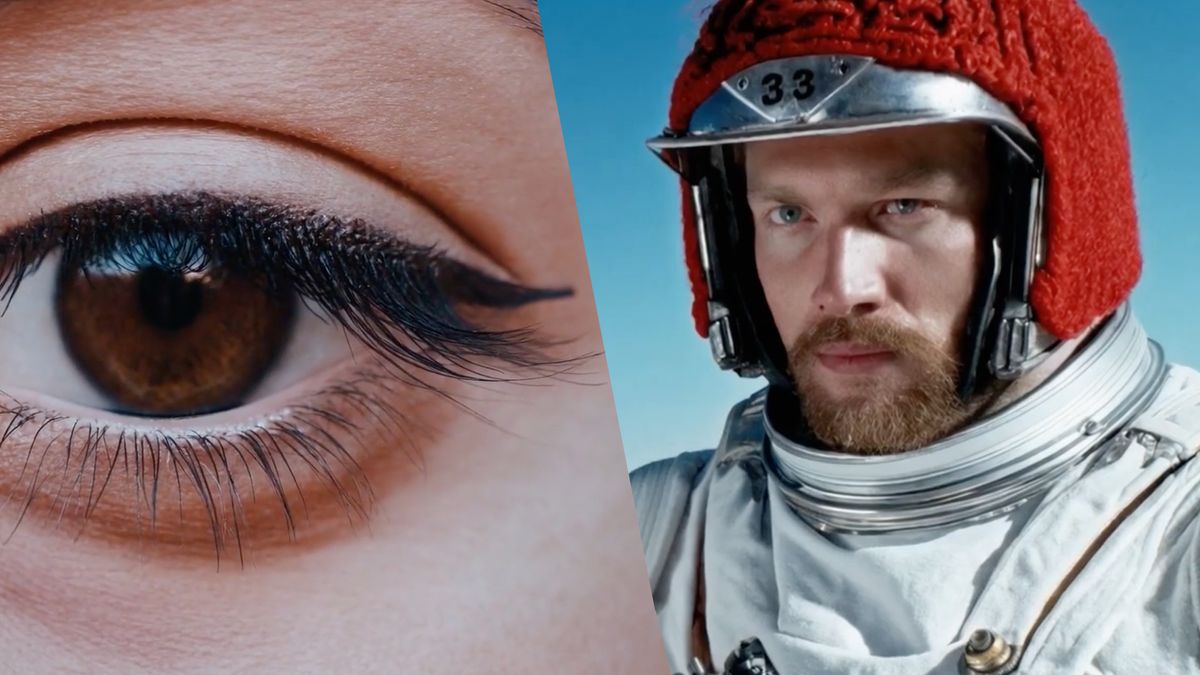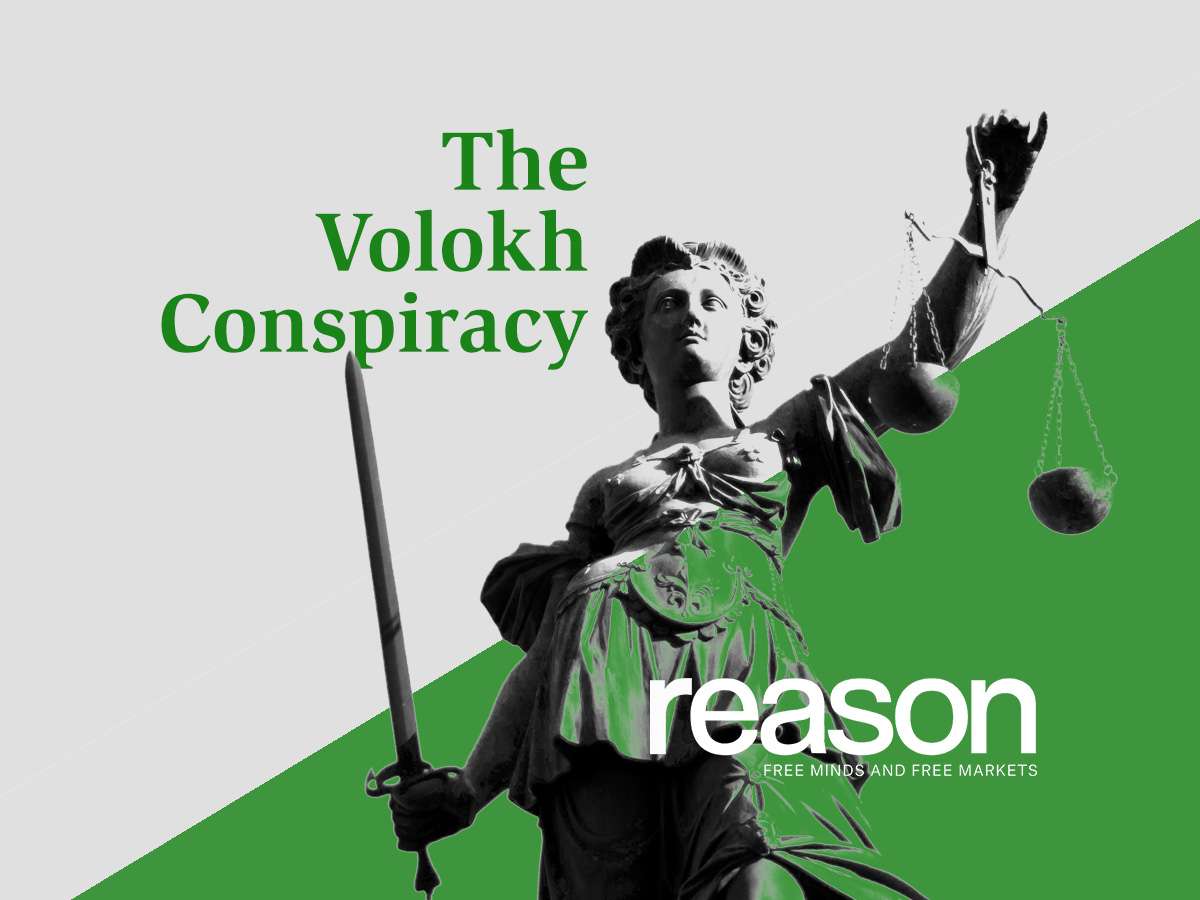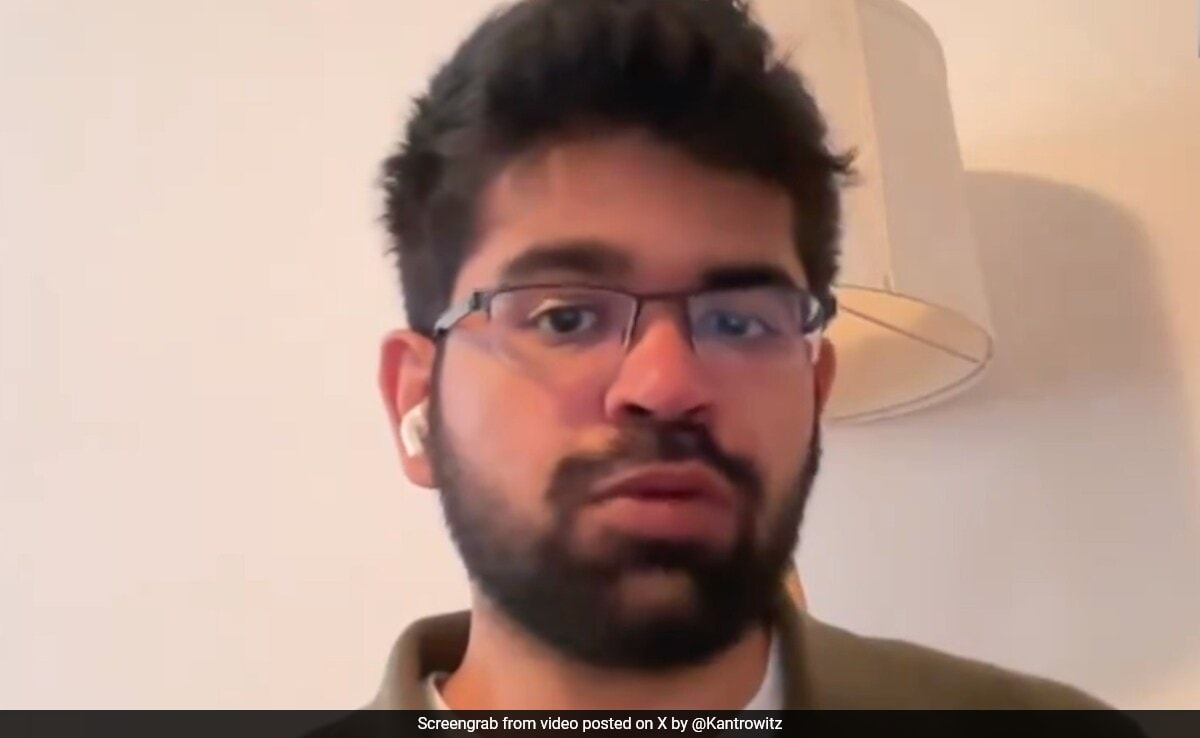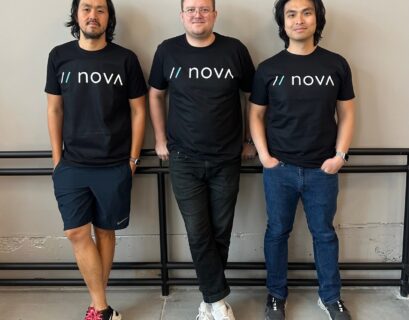Not satisfied with introducing ChatGPT and Dall-E, two highly influential AI tools, OpenAI has ventured into a new domain this week by unveiling Sora, its latest model focusing on AI-generated video. This new innovation raises significant questions and may emerge as the most remarkable one yet.
How does Sora operate?
According to OpenAI’s research paper, Sora combines features of a “diffusion model” akin to Dall-E and a “transformer” similar to ChatGPT. This dual functionality enables Sora to anticipate sequences or patterns, particularly in the realm of video, drawing from extensive training data. However, the specifics of the training data utilized remain undisclosed, posing a notable unanswered query.
Sora functions as a text-to-video tool, capable of producing diverse types of videos—ranging from lifelike to animated or unconventional—up to sixty seconds in duration. While not yet available for public testing, the teaser videos shared by OpenAI have sparked a strong desire for its release. This anticipation excludes those involved in stock video production.
The initial demonstrations indicate that Sora stands out as the most impressive text-to-video tool to date. While predecessors like Google Imagen and Runway Gen-2 set the groundwork, and nVidia showcased compelling demos last year, Sora appears to surpass them due to its innovative capabilities.
Earlier AI-generated videos often suffered from inconsistencies and distortions that disrupted the realism. However, as explained in OpenAI’s blog post, Sora excels in creating “complex scenes with multiple characters,” simulating motion in the physical world, and understanding object interactions within that context. Consequently, the output comprises coherent videos with consistent elements, demonstrating a concept known as ‘object permanence’.
Despite its advancements, Sora is not flawless, leaving several questions unanswered. OpenAI acknowledges its challenges in accurately simulating complex scenes’ physics, interpreting specific cause-and-effect scenarios, and maintaining spatial prompt details. Critical details such as the GPT model underlying Sora, its training data, release timeline beyond initial testing, and potential costs remain undisclosed.
Nevertheless, the quality of Sora’s early examples is undeniably impressive, hinting at its potential impact on various domains like video production, cinematography, gaming, and the creation of gifs. Here are 11 notable AI-generated videos from Sora that offer insights into its future possibilities…
1. Crafting Compelling Sci-Fi Trailers
- The prompt: A movie trailer depicting the adventures of a 30-year-old spaceman sporting a red wool knitted motorcycle helmet, set against a blue sky and salt desert, shot in cinematic style on 35mm film with vivid colors.
This sci-fi snippet exemplifies Sora’s generative prowess, showcasing its ability to create lifelike characters and mimic specific cinematic styles. Despite some narrative gaps, the video excels in quality and consistency compared to other text-to-video tools, making it a valuable resource for storyboarding and ideation.
2. Realistic AI-Generated Humans
- The prompt: An instructional cooking session featuring homemade gnocchi hosted by a grandmother social media influencer in a rustic Tuscan country kitchen with cinematic lighting.
In less than eighteen months, Sora has made significant strides in generating human-centric clips, as evidenced by the realistic cooking demonstration above. The attention to detail, such as realistic hand movements, underscores the rapid progress in creating human-like figures, a feat previously avoided by early text-to-video tools.
3. Pixar-Style Animation Capabilities
- The prompt: An animated scene depicting a fluffy monster kneeling beside a melting red candle.
This animation showcases Sora’s potential to democratize animation, offering intricate details like fluffy fur and lifelike reflections. By simplifying the animation process, Sora presents a viable alternative to traditional labor-intensive animation techniques, hinting at a transformative impact on the animation industry.
4. Drone Replacement Possibilities
- Prompt: A drone view capturing waves crashing against rugged cliffs along Big Sur’s Garay Point beach.
While text-to-video tools may not replace top-tier drones for personal storytelling, Sora demonstrates competence in generating stock aerial footage that closely resembles real locations. The seamless integration of AI-generated elements, like ocean waves, with real-world scenery indicates Sora’s potential in delivering high-quality aerial videos for various applications.
5. Immersive Historical Recreation
- The prompt: Historical footage depicting California during the gold rush.
Despite the absence of drones in the 19th century, Sora’s rendition offers a glimpse into how historical events might have been captured with modern technology. This clip raises concerns about the authenticity of AI-generated historical content and emphasizes the need for tools to detect potentially misleading videos.
6. Realistic Eye Close-Up
- The prompt: An extreme close-up of a 24-year-old woman’s eye blinking in Marrakech during magic hour, shot in cinematic film on 70mm with vivid colors.
This detailed portrayal of a woman’s eye in a cinematic setting showcases Sora’s precision in replicating real-world elements. From subtle eye movements to intricate reflections, the clip demonstrates Sora’s ability to simulate realistic visuals with remarkable accuracy, setting a new standard for text-to-video generators.
7. Surreal Ocean Bicycle Race
- The prompt: A bicycle race on the ocean featuring animals as athletes riding bicycles, captured from a drone camera view.
Sora’s versatility shines in this surreal clip, combining photorealism with imaginative scenarios like cycling sea creatures. Despite minor imperfections, the clip exemplifies Sora’s capacity to create visually engaging and unconventional content, elevating the possibilities for creative expression and storytelling.
8. Potential for Personalized Gaming Experiences
- The prompt: A vintage SUV speeding up a steep dirt road surrounded by pine trees, kicking up dust, with sunlight casting a warm glow.
While Sora is not yet capable of producing fully immersive video games, its rendering capabilities and grasp of physics hint at its transformative potential in the gaming industry. By simulating realistic environments and dynamics, Sora opens doors to innovative gaming experiences and world-building possibilities.
9. Creative Advertising Applications
- The prompt: A photorealistic close-up video depicting two pirate ships battling inside a cup of coffee.
Sora’s knack for producing photo-realistic videos and understanding physics presents exciting opportunities for creative advertising campaigns. The potential to create surreal and attention-grabbing visuals, like pirate ships battling in a coffee cup, could revolutionize marketing strategies, offering a new realm of possibilities for visual storytelling.
10. Directorial Expertise
Sora’s ability to generate dynamic videos with shot changes and pacing, as demonstrated in the ‘bling zoo’ clip, showcases its directorial skills. The understanding of editing techniques and visual storytelling elements suggests Sora’s potential to cater to amateur filmmakers seeking to enhance their video production capabilities.
11. Elevating Dog Gifs
- The prompt: A litter of golden retriever puppies playing in the snow, with their heads popping out covered in.
Beyond industry implications, Sora’s proficiency in creating lifelike clips of animals, like golden retriever puppies, hints at the exciting possibilities for enhancing gif creation. The potential to tailor personalized, realistic clips for online content, particularly featuring animals, could revolutionize gif creation and online visual storytelling.
The imminent impact of Sora on various industries and creative endeavors is promising, offering a glimpse into a future where AI-generated content seamlessly integrates with human creativity and storytelling.










